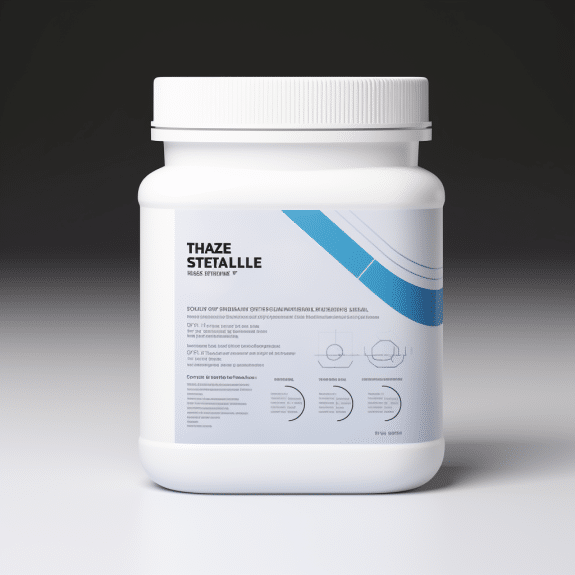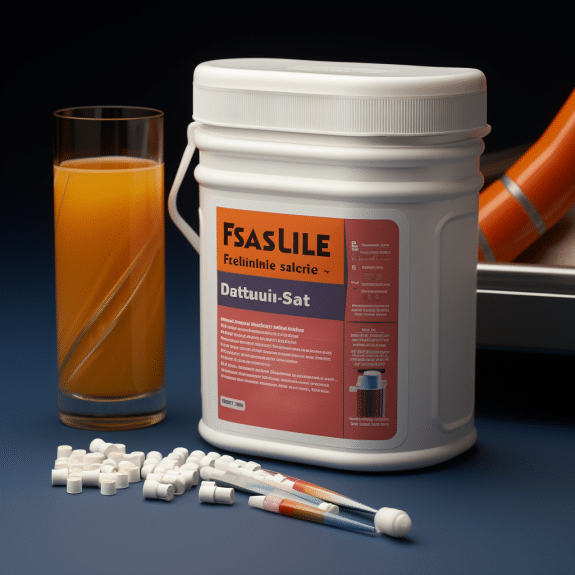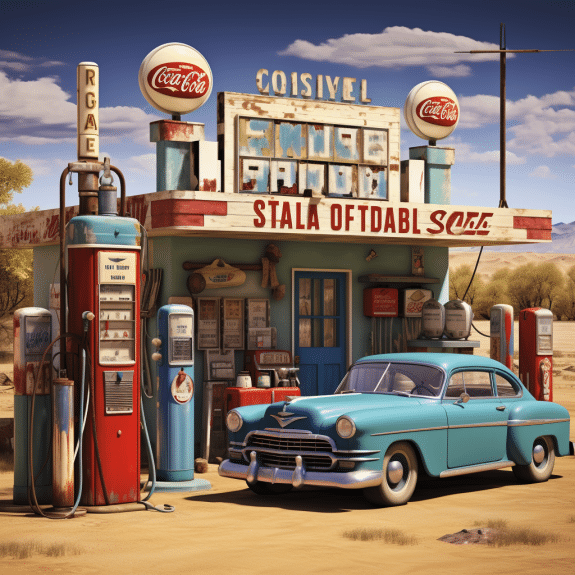
Optimizing Fuel stabilizer Dosage And Usage Guidelines
Fuel stabilizer dosage and usage guidelines: You can use too much fuel stabilizer. Like anything else, the more you use, the greater the chance of side effects.
The general rule of thumb is to use a maximum of 20 percent of your tank’s volume in a stabilizer. However, depending on several factors (such as the type of fuel you’re using and how much you’ve used), this could be too much or not enough.
Fuel stabilizer is a chemical that helps to keep fuel from becoming contaminated. It helps to prevent the formation of water and other impurities in gasoline, thereby making the fuel more stable and having a longer shelf life.
Keep in mind that there are different types of stabilizers on the market that have different concentrations and qualities. For example, if your car has a high-performance engine, it should be using a higher quality stabilizer than someone driving around town who doesn’t need high performance every time he turns his key.
If you aren’t sure what type of stabilizer your motor uses or how much it needs, you should consult with your mechanic or dealership before adding any additional chemicals to the tank.
What Do Fuel Stabilizers Do?
Fuel stabilizer dosage and usage guidelines work by reducing the volatility of gasoline. This means that the fuel will not evaporate as quickly when it’s put into a fuel tank. The less volatile the fuel, the less there will be for air to mix with it and cause combustion problems in the engine. In addition, the increased octane rating (which is measured by how much compression it can reach before detonating) will help prevent engine knock (or pinging) caused by spark plug fouling or other factors that would otherwise cause engine damage over time.
A fuel stabilizer is a great tool to help keep your fuel fresh and clean. It’s also a great way to help your generator run better, especially if you’re running out of gas. But how much fuel stabilizer should you use? And when?
How Much Fuel Stabilizer Should You Use In Your Motor?
The amount of fuel stabilizer you can use is a matter of personal preference. Some people will only put in enough to keep their fuel clean, while others will go overboard and use too much.
The general rule of thumb is that 1 oz per 10 gallons of fuel should be sufficient for most situations. If you have a higher-performance motor or one that burns more gasoline, you may need more than this.
You can usually add up to 5% of the total weight of your tank by using a little bit of fuel stabilizer before starting up your motor. However, it’s best not to get too much into each tank because this could cause issues with the fuel system and possibly damage it over time.
You should also try not to use too much stabilizer at once – if you do, it can cause problems with the engine and cause unnecessary wear on parts such as spark plugs or piston rings.
When you use too much fuel stabilizer, it will cause excess buildup in your engine’s injectors. This can cause your injectors to stop working properly and not deliver the amount of fuel you need them to. The result will be a poor performance from your vehicle, including reduced horsepower and power output.
The amount of fuel stabilizer you should use depends on several factors:
- The type of fuel you are using;
- Whether or not your vehicle has a catalytic converter;
- If your vehicle has an aftermarket system that can be used in place of the factory system;
- How long you plan on keeping your vehicle on the road before replacing its engine with another one; and
- How often you drive your vehicle (more frequent driving means more wear and tear on the engine).
When to Use Fuel Stabilizer?
If you store your generator for the long winter, you may want to add some fuel stabilizers to the fuel tank. This is especially true if the weather is cold and wet. The water in the fuel will freeze and expand. This will cause damage to the carburetor and other parts of your engine. A good rule of thumb is that adding a little stabilizer will prevent clogging of your carburetor, while adding too much may cause problems with your engine.
If you live in a humid climate, like southern parts of the country, and you keep your generator indoors, it’s a good idea to use a fuel stabilizer when storing your generator.
Fuel Stabilizer to Use
The first step in determining if you need a fuel stabilizer is to check the vehicle’s oil. If you have a diesel engine, your oil should be dark and full of black particles. If you have a gasoline engine, your oil will be a lighter color and will not contain as much debris.
It is important to use the right type of fuel stabilizer for your engine. If you do not, the engine will not perform well and may even stop working altogether.
The main difference between the types of fuel stabilizers is the kind of ingredients used in their production. Diesel fuel stabilizers are made from a combination of hydrocarbons and resins, while gasoline stabilizers contain alcohol and other additives.
Final Thoughts
Fuel stabilizer dosage and usage guidelines Many users may be quick to spread wisdom and/or hearsay in response to the question of how much fuel stabilizer is too much. One user suggested that there is no such thing as too much because “a little goes a long way.” Another user responded by stating that different brands of stabilizers have different stabilization abilities. In the end, it’s better to play it safe and only use what you need to properly stabilize your fuel.
Even if you do decide to use a fuel stabilizer, do so in moderation. The problems associated with using too much are more likely to occur when the stabilizer is mixed with old fuel that has already been used for an extended period of time, for example, when filling the car up just before a long winter or after prolonged storage.
